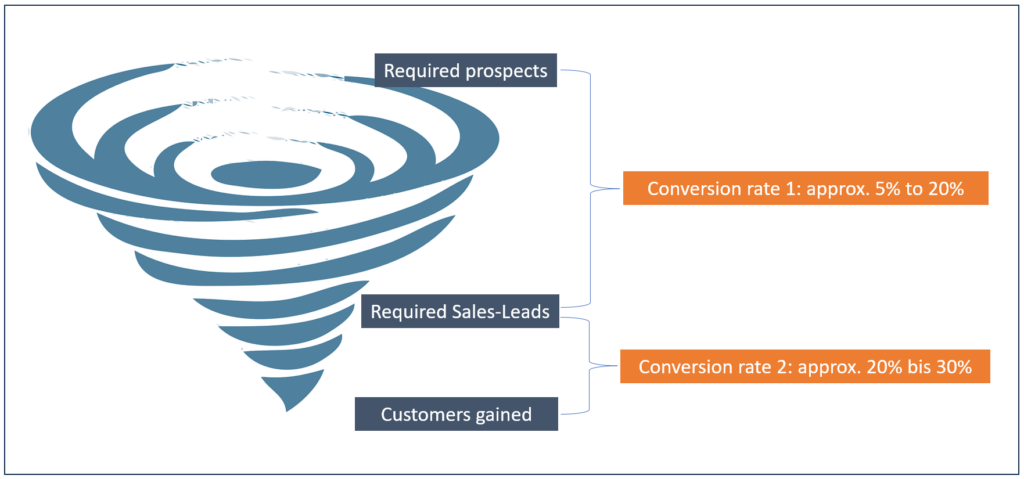
When talking to prospects and customers about their online advertising efforts, we’re constantly struck by the fact that many companies don’t have clear objectives. Marketers could easily define at least two measurable goals:
1. The desired revenue or sales volume to be generated by the advertising measure.
2. The required number of leads to reach this sales target.
Why do many companies still need help to formulate these goals?
Our observations point to several reasons:
- The internal mindset that it is impossible to ensure traceability of leads from generation to purchase over a 6-to-12-month period.
- Lack of ability to assign leads to the appropriate campaign source in the CRM system.
- Frequent failure to transfer campaign sources from leads to emerging sales opportunities.
- Forwarding international leads to partners and distributors without insight into their lead processing.
- Unwillingness to evaluate marketing efforts based on their generated revenue.
- Lack of familiarity with the conversion funnel from marketing action to lead to revenue.
- Unfamiliarity with conversion rate from leads to sales.
Every lead-generating advertising measure should be provided with a sales target. Only those who have defined a sales target can deduce how many leads are needed to achieve the target.
Conversion rates point the way
Since many people do not know the conversion rate from lead to purchase, an approximate assumption of 20% to 30% can be made in B2B. Later, this assumption can be replaced by actually determined values.

Conversion rate: from prospect to sales lead to customer
The advantage of this approach is that it is now clear how many leads must be generated to achieve the sales target.
Only now can it be assessed whether the target is realistic and how much visibility the advertising measures need to fulfill the lead target.
In addition, it is now also possible to reliably answer in advance whether the available budget is sufficient to generate the necessary number of leads.
Conclusion
With this approach, surprises and disappointments can be avoided from the outset, and advertising goals can be achieved more reliably.

